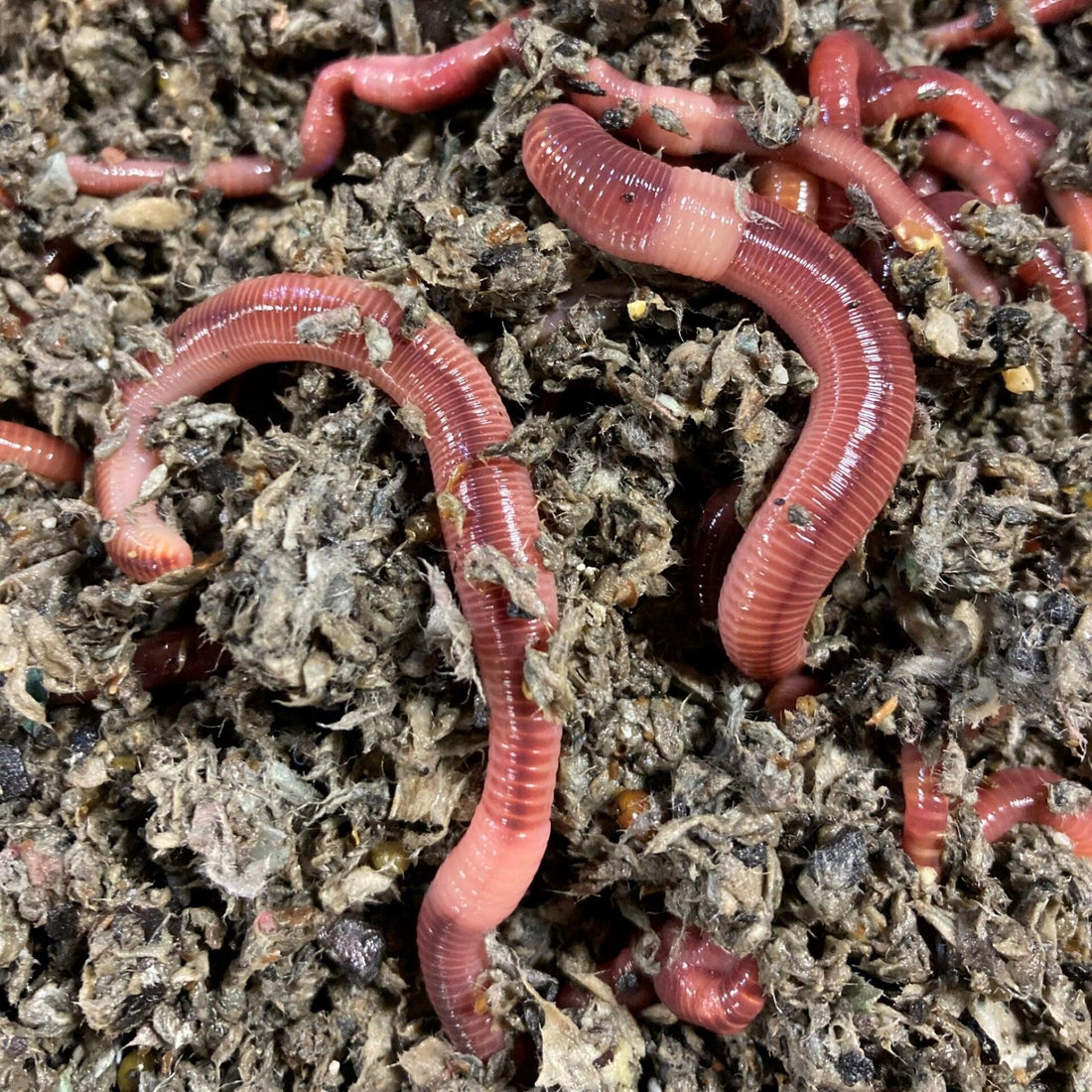The Different Types of Earthworms: Understanding Epigeic, Endogeic, and Anecic Worms
Earthworms play a crucial role in the natural decomposition of organic matter, and therefore, they are a vital component of composting systems. They help to break down organic waste and improve the structure of the soil, making the resulting compost richer in nutrients and beneficial microbes.
There are three main classifications of earthworms that are commonly used in composting: epigeic, endogeic, and anecic. Each of these types has unique characteristics that make them well-suited for different composting requirements.
Understanding the Different Types of Earthworms
Epigeic Earthworms
Epigeic earthworms are surface-dwelling worms that feed on the top layer of organic material and humus. They are commonly found in compost piles and leaf litter and are the most widely used type of earthworms in home and commercial composting bins.
Endogeic Earthworms
Endogeic earthworms burrow into the soil and feed on soil particles and organic matter found within the soil. They play a significant role in soil aeration and structure, and their presence in the soil is a positive indicator of healthy soil conditions.
Anecic Earthworms
Anecic earthworms are the largest and deepest-burrowing earthworms. They feed on organic material in the soil and form permanent burrows in which they live. These burrows help to improve soil structure, increase the exchange of air and water within the soil, and promote the growth of plant roots.
The Most Popular Composting Earthworms
In this section, we will explore the most commonly used composting earthworms, all of which belong to the epigeic classification.
Red Wiggler (Eisenia fetida)
Red wigglers are well-known for their ability to quickly break down organic waste and produce high-quality compost. They are small, fast-moving, and can tolerate high temperatures and moist conditions commonly found in compost piles. These worms are voracious eaters, making them ideal for composting food waste, yard waste, and other organic materials. They are the most common composting worm in the U.S.
European Nightcrawler (Eisenia hortensis)
The European nightcrawler has a similar appearance to the red wiggler, but it is longer and thicker. Like the red wiggler, it is a surface-dwelling worm that is well-suited for composting due to its fast-moving, voracious appetite for organic waste, and its ability to produce high-quality compost that is rich in nutrients and beneficial microbes. European nightcrawlers are also popular fishing worms, and they tolerate a wide range of temperatures, although they are more sensitive to acidic soil than red wigglers.
Indian Blue Worm (Perionyx excavates)
The Indian blue worm is native to Southeast Asia and is known for its ability to quickly reproduce and produce large quantities of high-quality compost. These worms are smaller than both Eisenia fetida and Eisenia hortensis, but are highly valued for their compost-making abilities. Although they are less commonly used in the Western world, they are becoming more popular, and they have a reputation for escaping composting bins during rainy weather.
African Nightcrawler (Eudrilus eugeniae)
The African nightcrawler is larger than Eisenia hortensis and is often used for both composting and fishing. African nightcrawlers are more tolerant of high temperatures and moisture, making them a great choice for composting in warm climates, but they struggle in cooler temperatures. These worms are also known for their ability to break down tough plant material and aerate the compost pile, which makes them a valuable component in composting systems.
Maximizing the Benefits of Composting with Earthworms
Composting with earthworms can provide a number of benefits, including the production of high-quality compost, the improvement of soil structure and fertility, and the reduction of waste. However, it's important to remember that not all worms are created equal. Before starting a composting system, it's important to research the different species of earthworms available and determine which one is best suited for your composting needs.
To make the most out of your composting system, it is recommended to follow best practices, such as maintaining proper moisture levels, aerating the compost pile regularly, and keeping the compost at the right temperature. Additionally, incorporating a variety of organic materials into your compost, such as food waste, yard waste, and even paper products, can help to provide a balanced and diverse diet for your composting worms.
Earthworms play a crucial role in the decomposition of organic matter and are important components in composting systems. Understanding the different types of earthworms and their unique characteristics can help you choose the right worms for your composting needs and maximize the benefits of composting.

